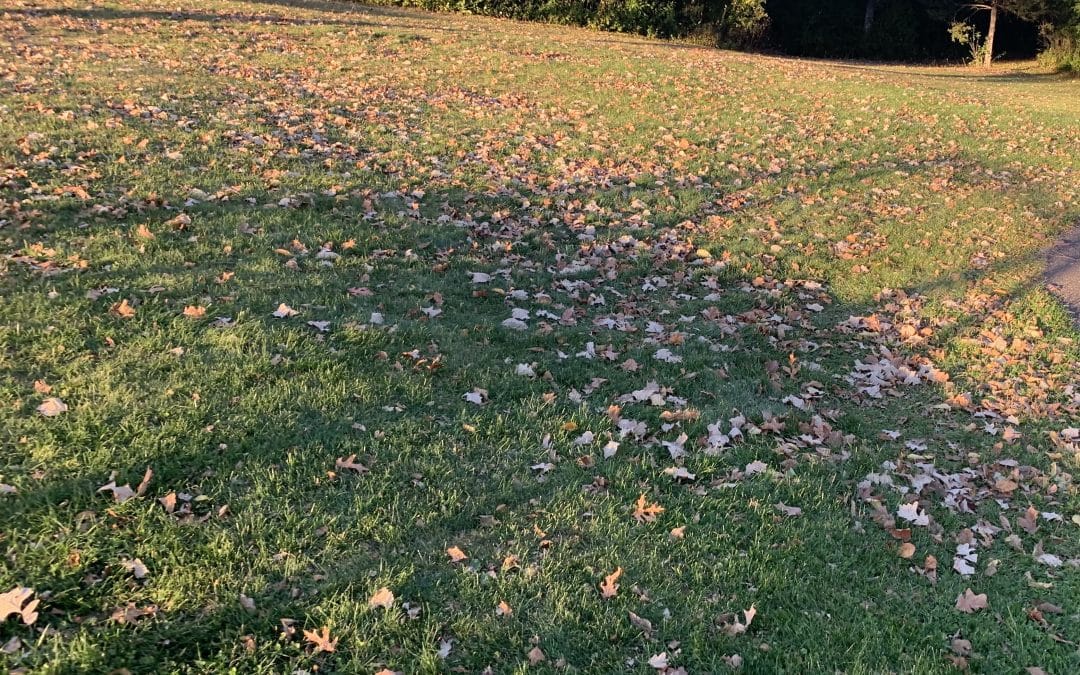Fall is the season when your lawn does its most important work. Cool-season grasses in Minnesota and Wisconsin use this time to store energy in their roots, recover from summer stress, and prepare for winter. With the thousands of lawns we treat, we see many great practices and some that just don’t make sense to do.
Let’s bust some common myths first and then lay out the simple fall lawn care calendar that will set your grass up for success.
Myth #1: Spring fertilizer helps green up my lawn
Truth: Fall fertilization delivers the biggest benefits. Grass naturally stores carbohydrates and nutrients in the fall. Fertilizing mid-Sept–Oct fuels that process and leads to quicker spring green-up.
Myth #2: Mowing can be reduced or stopped entirely
Truth: Grass keeps growing until soil temperatures drop. Rather than slowing down how often you mow, we recommend continuing to mow regularly and slowly lowering the height with each mowing. Grass wants to be mowed and continued regular mowing builds turfgrass density and this density is ultimately the first line of defense against weeds. Also this minimizes clumps in your lawn as you lower the height. 2.5 – 3 inches is the ideal height going into winter.
Myth #3: Stop watering as nights are cool
Truth: Many people can be tricked by the cooler weather of the fall but all plants are still in need of moisture during this time. Roots remain active until the ground freezes. It’s important to keep the lawn well watered so that roots can grow. If the fall is dry, keep watering so grass heads into winter strong.
Myth #4: Piles of leaves protect the lawn
Truth: Leaves left to smother the lawn invite snow mold and bare spots. Mulching them with your mower is the best, as it returns nutrients to the lawn. But if leaves are plentiful, then raking and bagging them may be necessary as too much mulching can still leave a smothering layer.
Myth #5: Fall is the best time to seed
Truth: While this is generally true, it’s important to be aware that seeding should not happen in October. Seed planted in October will not be hardy enough before the winter. So if you haven’t seeded by September, then wait to seed until November when the seed will then not germinate until the next spring. This is called dormant seeding.
Your Fall Lawn Care Calendar
September
- Repair bare patches or thin spots by overseeding
- Continue watering 0.5-1 inch per week to maintain adequate moisture
- Keep mowing at 3-3.5 inches
- Treat weeds to have fewer weeds in the spring
October
- Fertilize the lawn to encourage root growth
- Begin lowering your mowing height about 1/4 inch per week
- Mulch or remove leaves weekly
- Water during dry spells
- Blow out irrigation systems
November
- Give the lawn its final short mow (2.5-3 inches)
- Finish leaf cleanup before snow arrives
- Dormant seed if needed
Final Thought
Fall lawn care is about working with nature. By busting the myths and following this simple calendar, you’re setting your lawn up for a stronger, greener spring.

